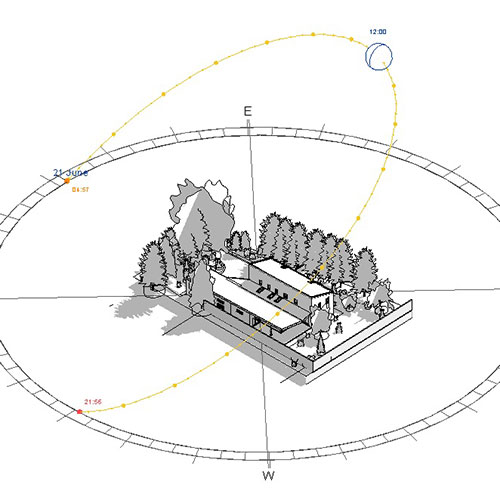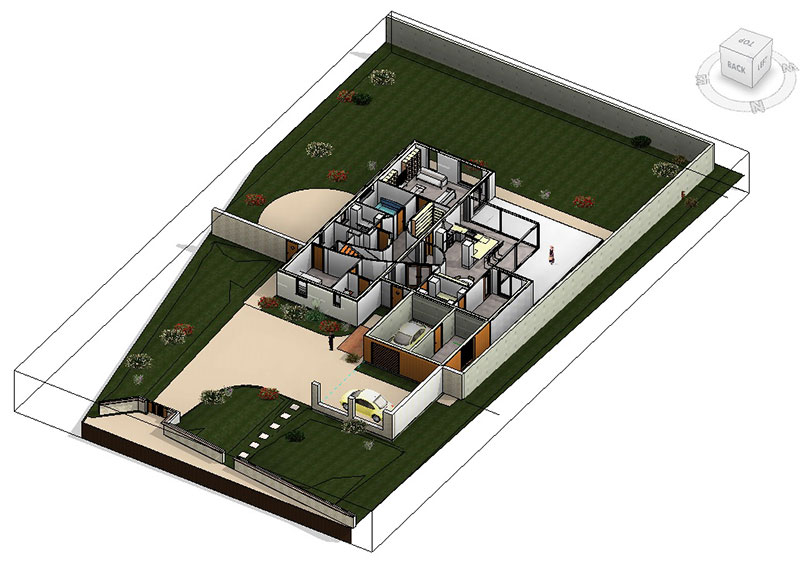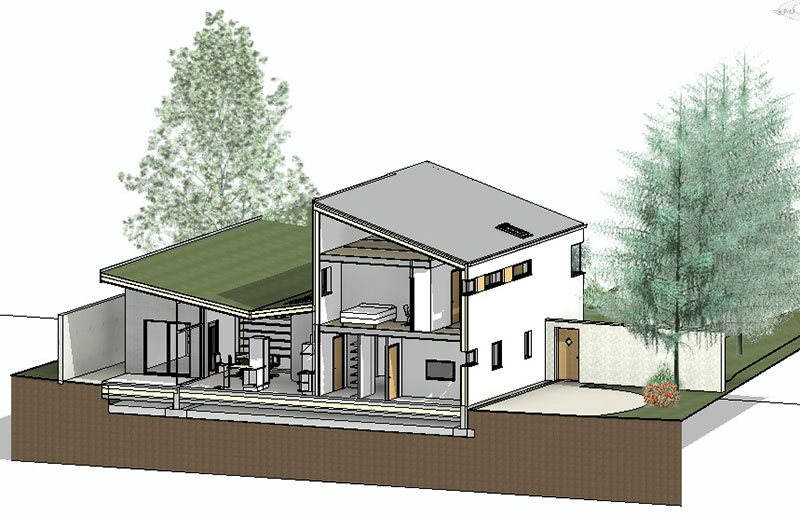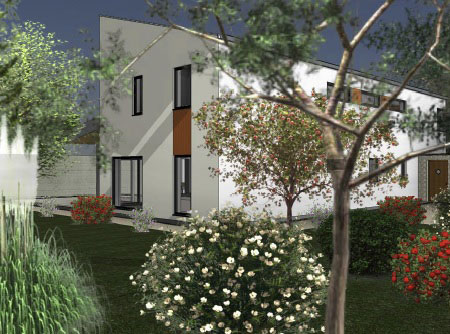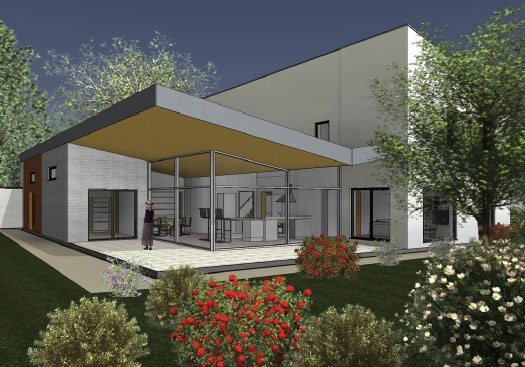RESULTS
The verified result for Primary Energy Demand is the critical figure for compliance with current Building Regulations which at present is 45kWh/m2a nZeb ( Nearly Zero Energy Building ) or A2 BER . Certified Passive Haus standard is 15kWh/m2a A1 BER which surpasses the current Building Regulation standard.
ENERPHit ( Certified Retrofit Standard )
For Energy Retrofit upgrade of existing buildings there is a slightly lesser Certified Passive Haus Retrofit standard termed ENERPHit .
The lesser performance target figure is based on not being able to create thermal bridge free design of floor/ wall junction at ground floor of existing buildings.
DESIGN – ENERPHIT CERTIFIED DESIGN CRITERIA ( calculated using PHPP)
The following performance targets are required in order to meet the PH Enerphit Retrofit design criteria;-
Heating Energy Demand -QH = < 25kWh/(m2a)
Primary Energy Demand- QP= <132kWh/(m2a) + (QH < 15kWh/(m2a) * 1.2)
Includes all necessary energy applications for heating , cooling , domestic hot water , auxillary electricity , lighting & other electricity uses.

